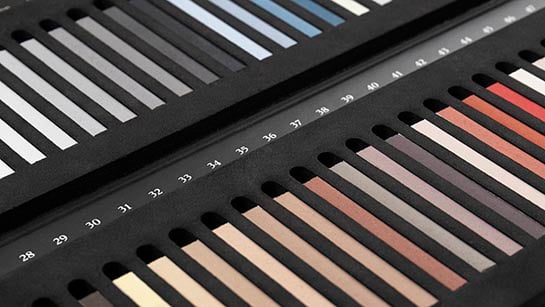-
MenuBack
-
TILES
-
-
Links of interest
-
-
-
-
-
-
OTHER CATEGORIES
-
-
-
Link of Liquidation
-
-
-
MenuBack
-
OTHER MATERIAL
-
-
MenuBack
-
Installation and maintenance
-
-
MenuBack
- Recommendations
-
MenuBack
- PROFESSIONALS
-
MenuBack
- Contact
-
MenuBack
-
SOCIAL MEDIA
-
-
SOCIAL MEDIA
-
-
-
MenuBack
-
TILES
-
-
Links of interest
-
-
-
-
-
-
OTHER CATEGORIES
-
-
-
Link of Liquidation
-
-
-
MenuBack
-
OTHER MATERIAL
-
-
MenuBack
-
Installation and maintenance
-
-
MenuBack
- Recommendations
-
MenuBack
- PROFESSIONALS
-
MenuBack
- Contact
-
MenuBack
-
SOCIAL MEDIA
-
-
SOCIAL MEDIA
-
-
Japanese style and Japandi style are two interior design trends that share some similarities, as Japandi style is a mix between Japanese and Scandinavian style, but they also have important differences.
JAPANESE STYLE: A CULTURE AS INTERIOR DESIGN
Japanese style is more than a style, it is a tradition that has developed in Japan over centuries. It is characterized by a minimalist approach and a simple and elegant aesthetic. The furniture that decorate the houses are made of dark wood. Simple lines and straight forms are very present. It also stands out for using a neutral color palette. It also includes natural elements such as plants and linen textiles, which add freshness and serenity to the spaces in which they are placed.
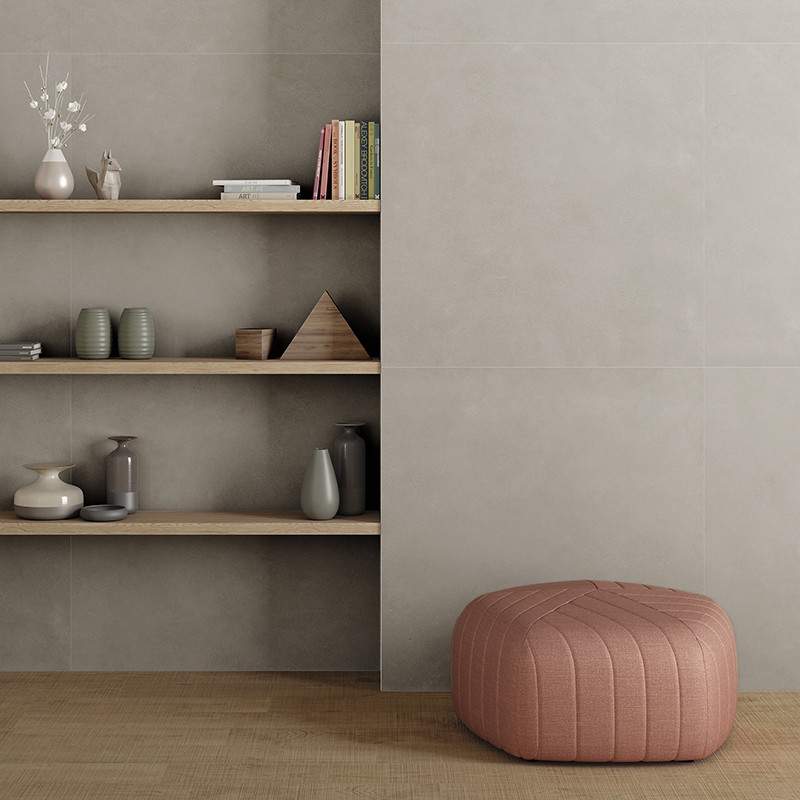
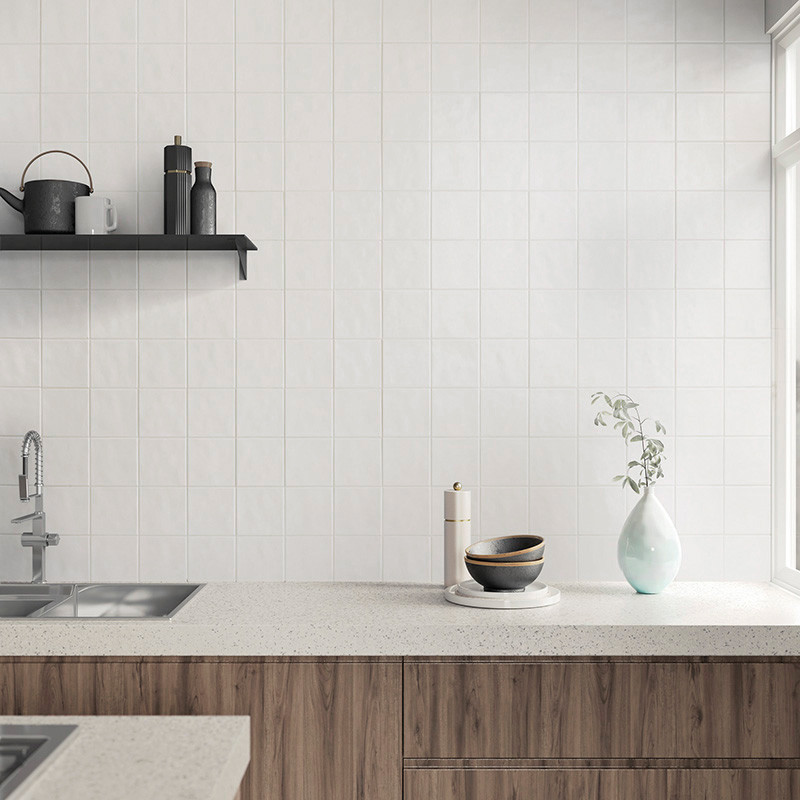
Before going on to explain the differences with the Japandi style it is relevant to mention that the Japanese style has influenced the way of creating interior spaces all over the world; with elements such as those we have seen: simplicity, the use of natural materials and the color palette. You may wonder why it has influenced decoration all over the planet. From our perspective, it has a lot to do with the serenity and elegance that these spaces transmit and that really all human beings seek when we are at home.
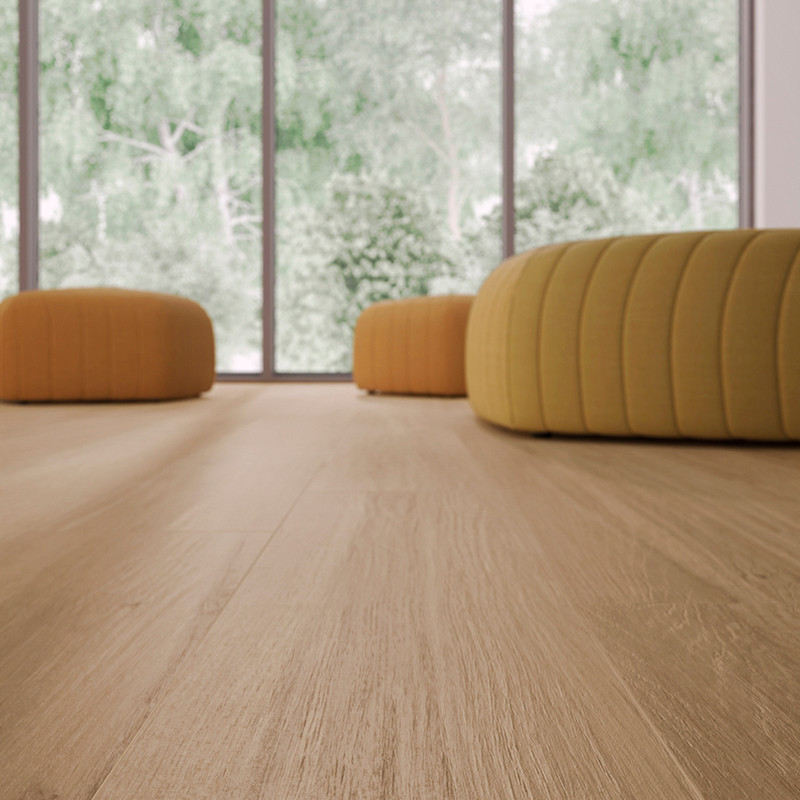
THE JAPANDI STYLE: THE FUSION OF JAPANESE AND NORDIC STYLE
On the other hand, the Japandi style is an interior design trend that, as we mentioned, combines elements of Japanese and Nordic styles. It is characterized by most of the characteristics that we have listed of the Japanese style and differs from this because, mainly, the Nordic style seeks when creating the space and decorate it that the atmosphere is warm and cozy, since the inhabitants spend much of the day at home. And also, this style, gives great importance to the entry of natural light into the house, for the same reason we pointed out.
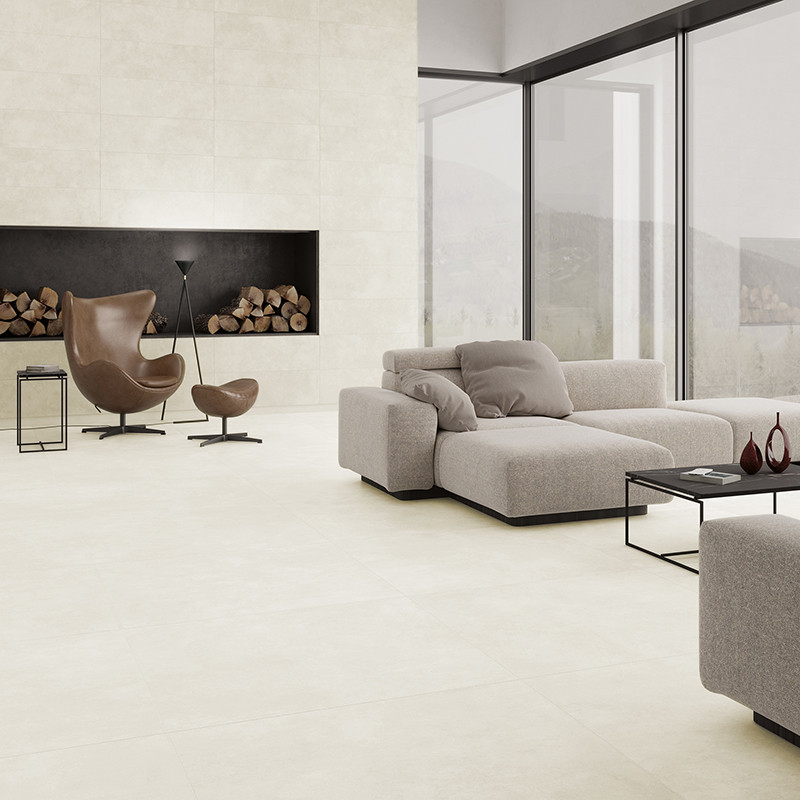

TILES AND MATERIALS USED IN THESE STYLES
With respect to the type of ceramic used, in the styles, it is quite similar. The Japandi style has wood very present in its designs so tiles of this type will also be present in practically every place in a home. And the Japandi style will also add, apart from wood, tiles of large size and light tones to give depth and luminosity to the house.
Ceramic tiles in the Japanese style can include wave patterns, floral motifs or even elements centered on Japanese landscaping. The colors used may be more restrained than those in the Japandi style, with natural tones such as stone gray, moss green or indigo blue.
Tile designs in the Japandi style are usually simple, with soft textures and neutral colors such as beige, gray and white. Subtle patterns can be found, such as fine lines or discreet geometric details that add visual interest without being overwhelming.
In summary, the fundamental difference between the Japandi style and the Japandi style is that the former is based on the tradition and culture of Japan, and the latter adds elements of Scandinavian décor apart from Japanese.
Related posts
-
 24/02/2023Vitality in every detail: exploring the fresh style.> Read morePosted in: Inspiration24/02/2023
24/02/2023Vitality in every detail: exploring the fresh style.> Read morePosted in: Inspiration24/02/2023 -
 24/02/2023Ceramic tiles in exteriors> Read morePosted in: Inspiration24/02/2023
24/02/2023Ceramic tiles in exteriors> Read morePosted in: Inspiration24/02/2023 -
 24/02/2023KINFOLK STYLE: A RELAXED AND NATURAL APPROACH TO INTERIOR DESIGN> Read morePosted in: Inspiration24/02/2023
24/02/2023KINFOLK STYLE: A RELAXED AND NATURAL APPROACH TO INTERIOR DESIGN> Read morePosted in: Inspiration24/02/2023 -
 01/08/2023HOW TO GIVE A MEDITERRANEAN TOUCH TO A HOLIDAY FLAT?> Read morePosted in: Inspiration01/08/2023
01/08/2023HOW TO GIVE A MEDITERRANEAN TOUCH TO A HOLIDAY FLAT?> Read morePosted in: Inspiration01/08/2023


































